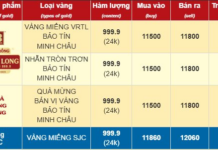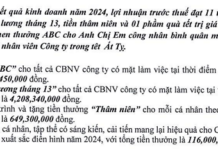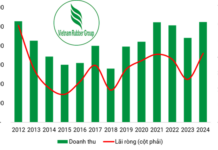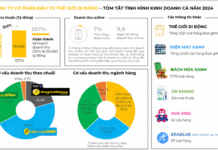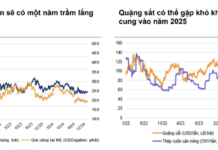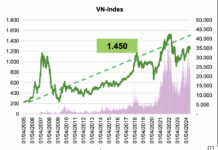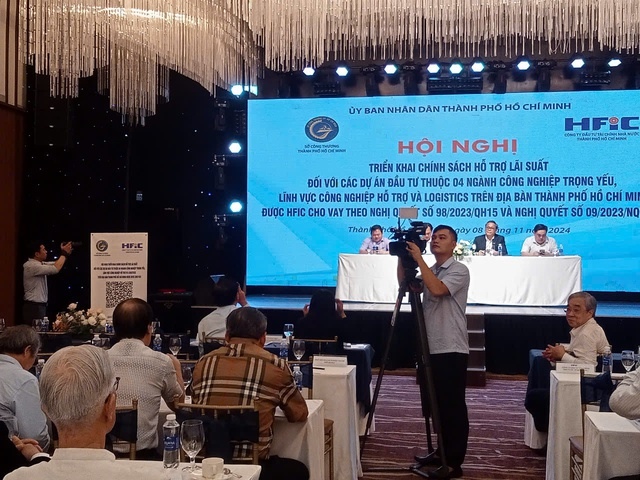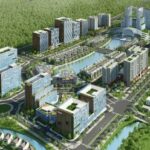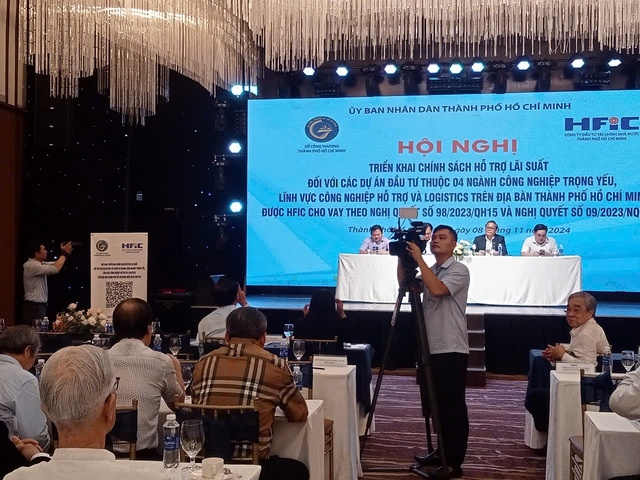
Conference on Interest Rate Support Policy Deployment |
On November 8, the Ho Chi Minh City Financial Investment State Company (HFIC) and the Ho Chi Minh City Department of Industry and Trade jointly organized a conference to deploy interest rate support policies for investment projects in four key industries, supporting industries, and logistics in the city.
The conference focused on disseminating interest rate policies, facilitating business access, and providing guidance on loan procedures and requirements for utilizing the city’s financial resources.
Mr. Nguyen Quang Thanh, Deputy General Director of HFIC, shared that the loan program for projects in the four key industries, supporting industries, and logistics will span over five years. The eligible borrowers are Vietnamese enterprises implementing projects in Ho Chi Minh City and public units.
HFIC will offer an interest rate of 0% for an amount of VND 200 billion, with a repayment period of seven years. This loan is intended for businesses investing in new machinery, factories, and other assets related to high technology, commerce, agricultural production, healthcare, education, environment, automation, food processing, textiles, and footwear.
For the logistics sector, a 50% interest rate subsidy will be provided, meaning borrowers will only pay interest on half of the borrowed amount. The interest rate is calculated using the 12-month average savings rate of four major banks (Vietcombank, Agribank, BIDV, and VietinBank) plus a premium of 2% to 2.2%.
To access the funds, businesses must meet certain conditions, including HFIC’s project appraisal, provision of collateral, and demonstration of debt repayment capability.
However, some enterprises highlighted the challenge of lacking collateral, which might hinder their access to these loans. To address this concern, Mr. Thanh mentioned that HFIC is open to accepting future-formed assets as collateral. Nevertheless, the valuation of such assets will likely be around 50% of the purchase price, impacting the loan amount.
“Enterprises with investment project ideas can contact HFIC for project feasibility consultations to seize the opportunity to access the 0% interest rate,” Mr. Thanh added.
Additionally, enterprises that do not fall under the scope of interest rate support for investment projects in the four key industries, supporting industries, and logistics but operate in sectors that HFIC targets can still obtain long-term loans at the current interest rate of 6.7% per annum.
News by Thy Tho
The Ultimate Guide to Tay Ninh’s Inter-District Development Plan: Unveiling the Strategic Region Bordering Ho Chi Minh City
On October 31st, Mr. Nguyen Thanh Ngoc, Deputy Secretary of the Provincial Party Committee and Chairman of the People’s Committee of Tay Ninh province, along with Vice-Chairmen Nguyen Hong Thanh and Duong Van Thang, chaired the regular meeting of the Provincial People’s Committee for October. The meeting discussed several important matters.
The Insurance Company’s Ploy Against Car Owners
In recent times, many car owners have been complaining about being “bullied” by their motor vehicle insurance companies, who are demanding additional unexpected payments.
The Hoard of ‘Staggering’ Evidence and Assets Seized in the Van Thinh Phat Group Case
As of now, the total amount held in the account of the Ho Chi Minh City Department of Civil Judgment Enforcement, transferred by the Ministry of Public Security’s Investigation Agency and deposited by individuals and organizations in the Van Thinh Phat case, stands at over VND 4,250 billion and USD 27 million (equivalent to VND 685 billion).




